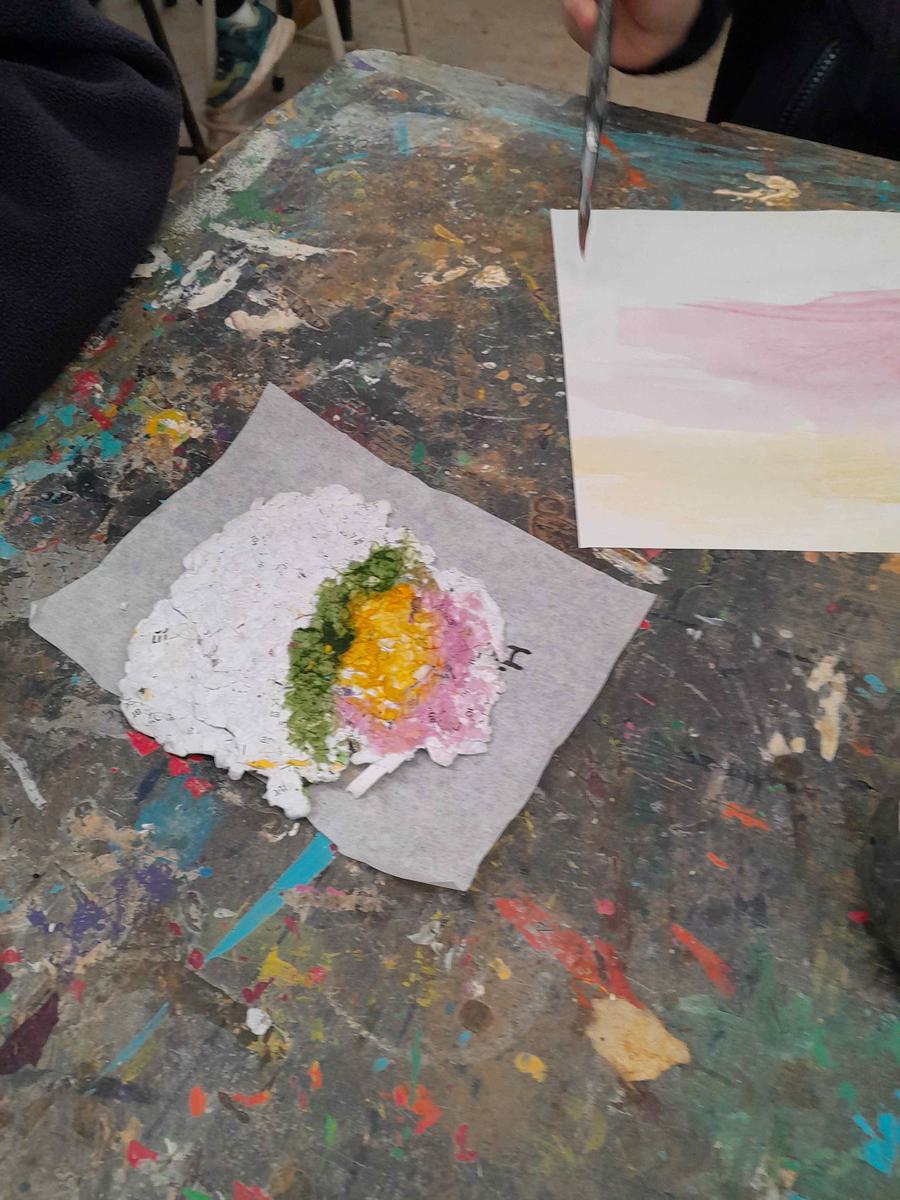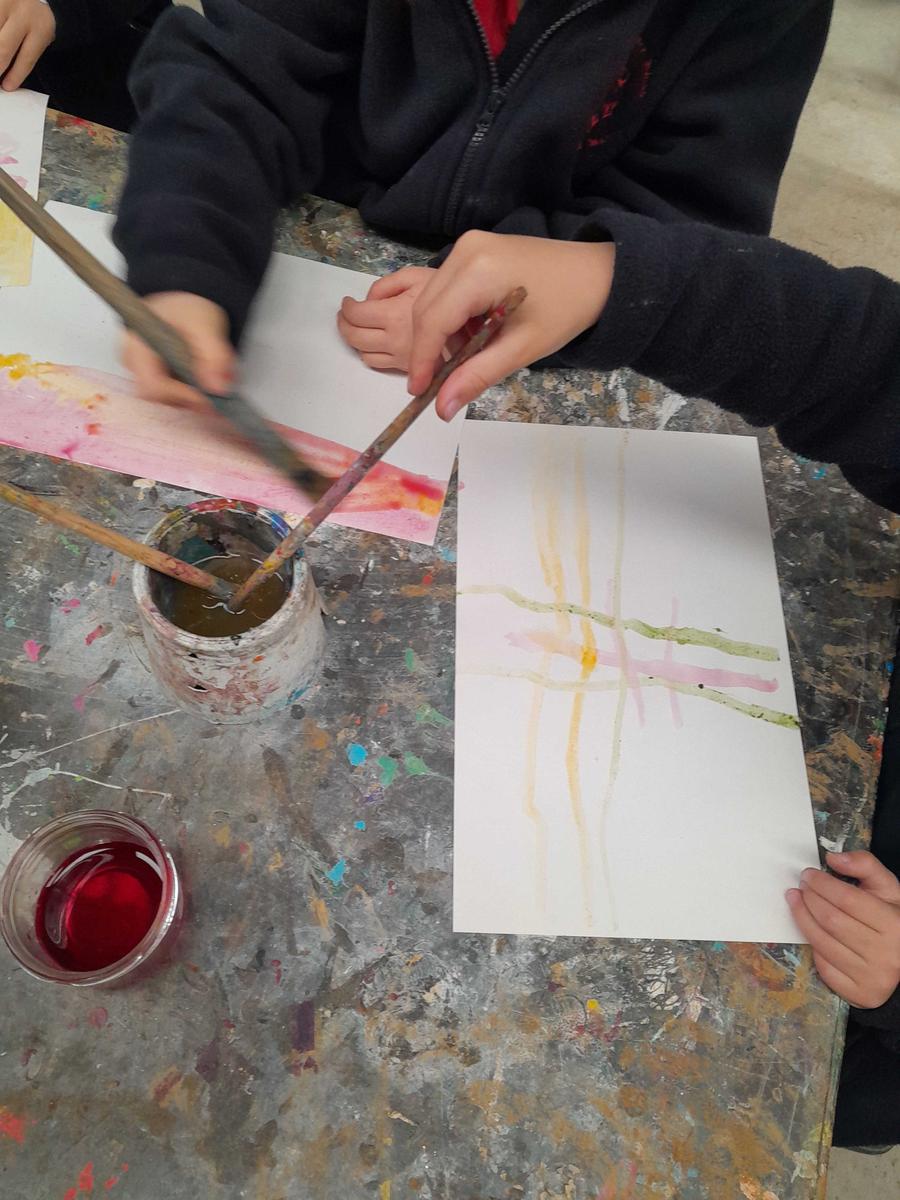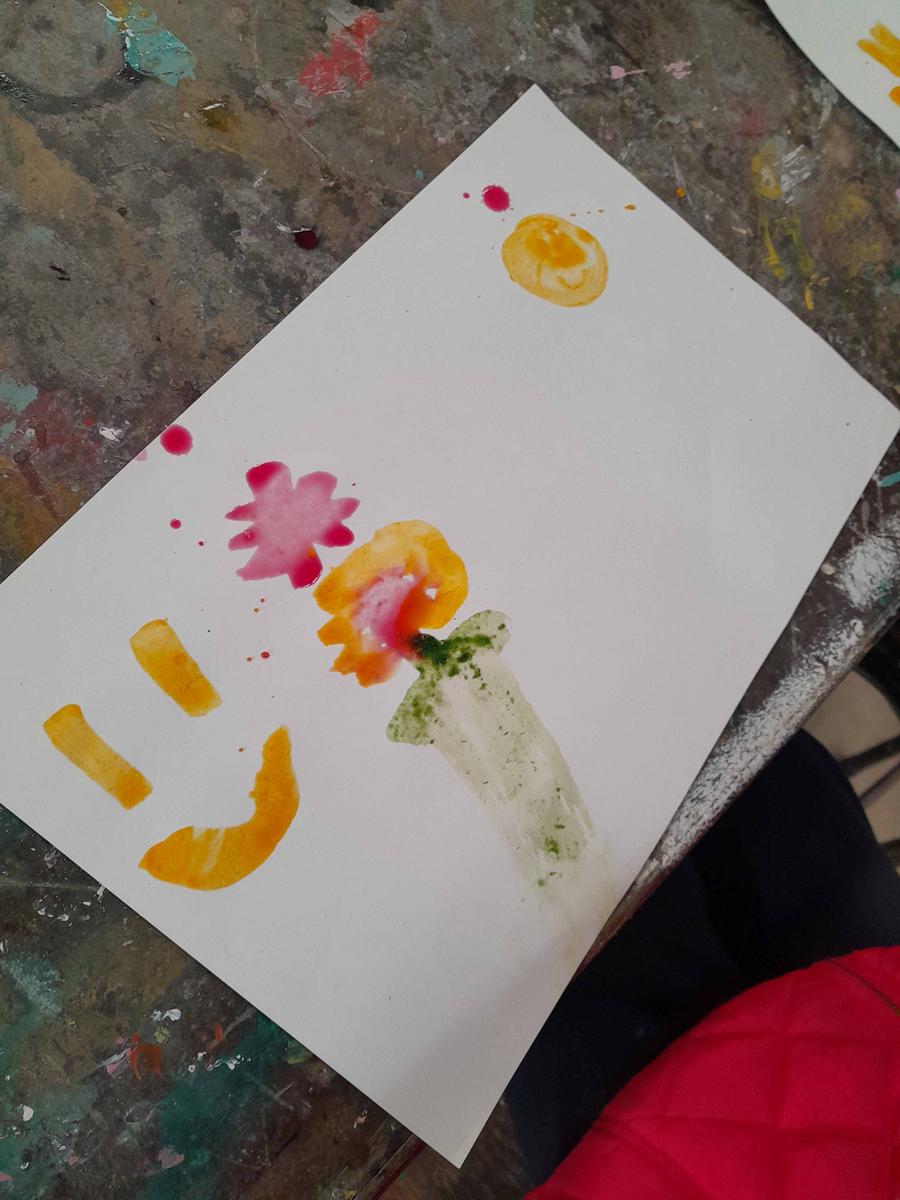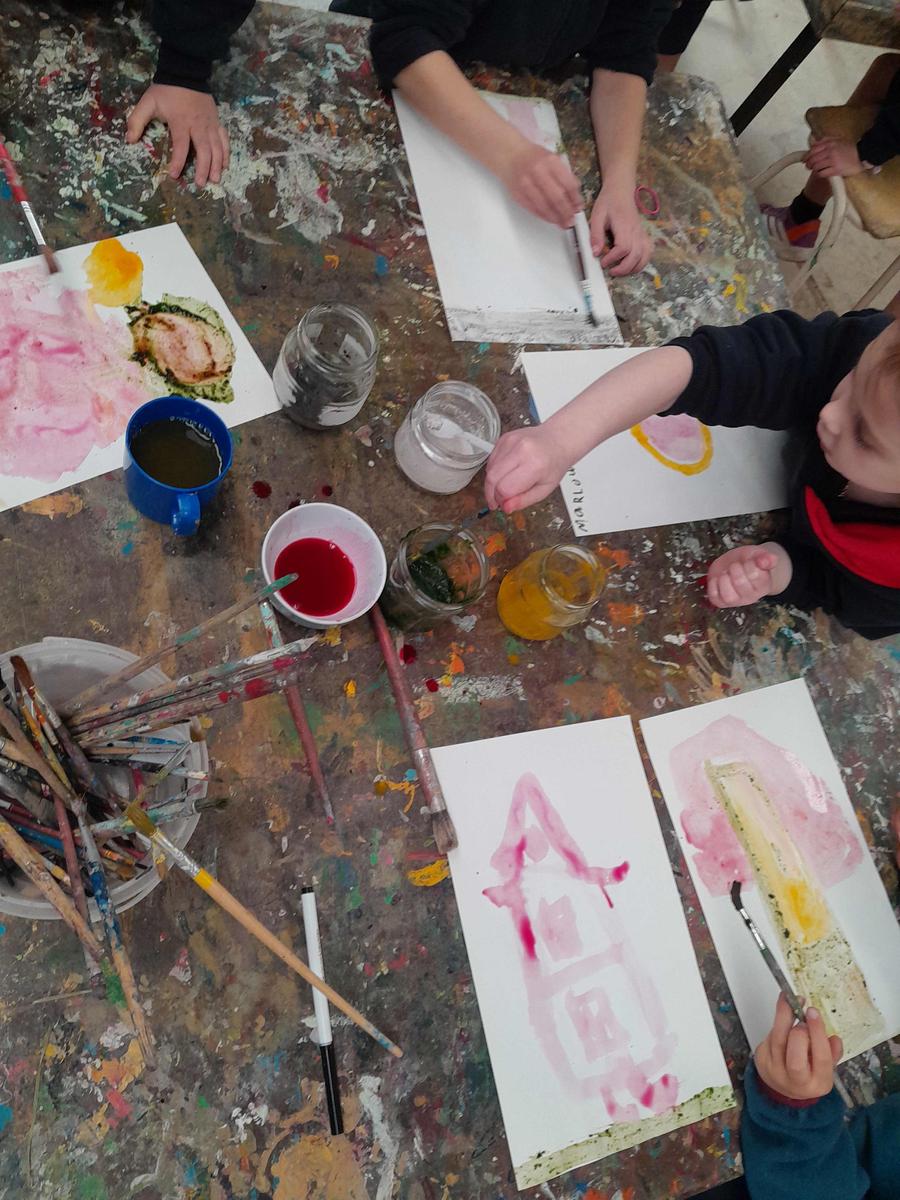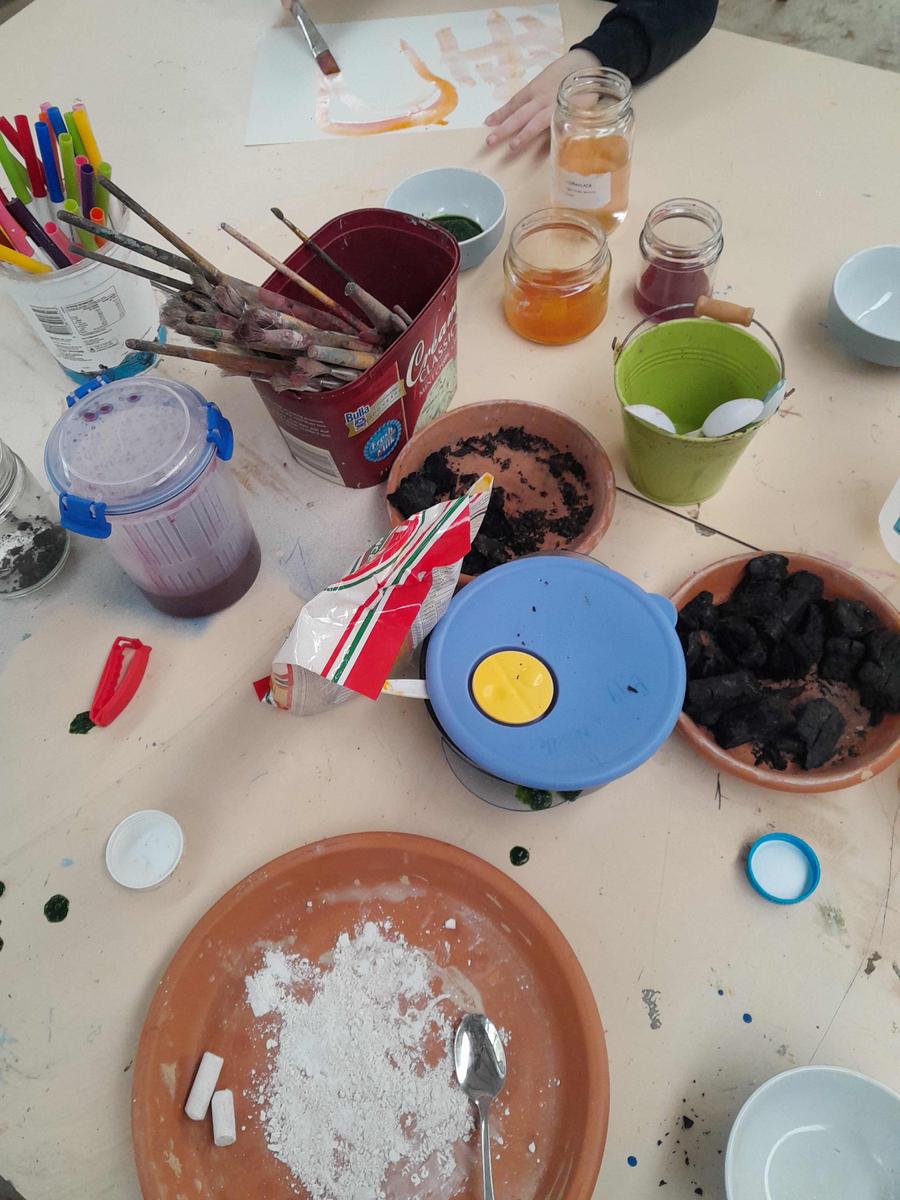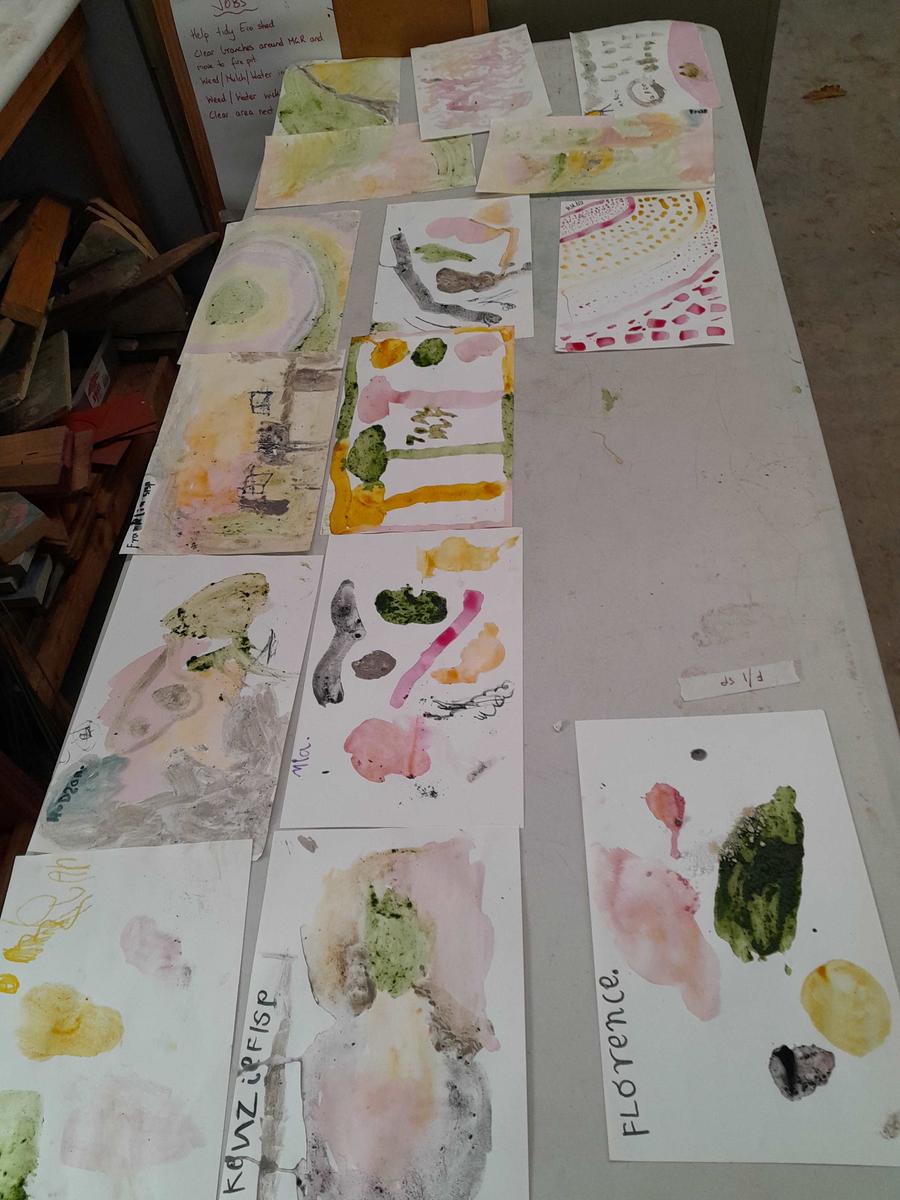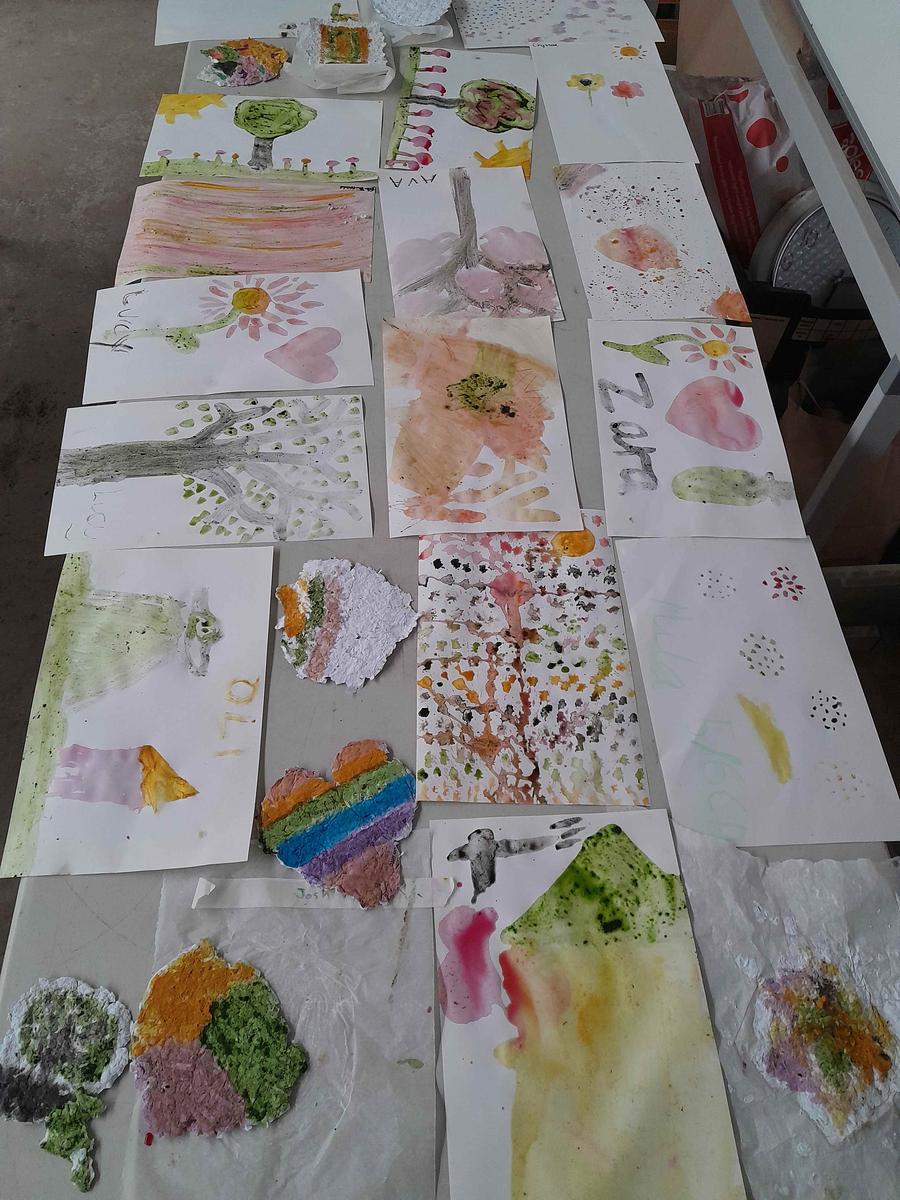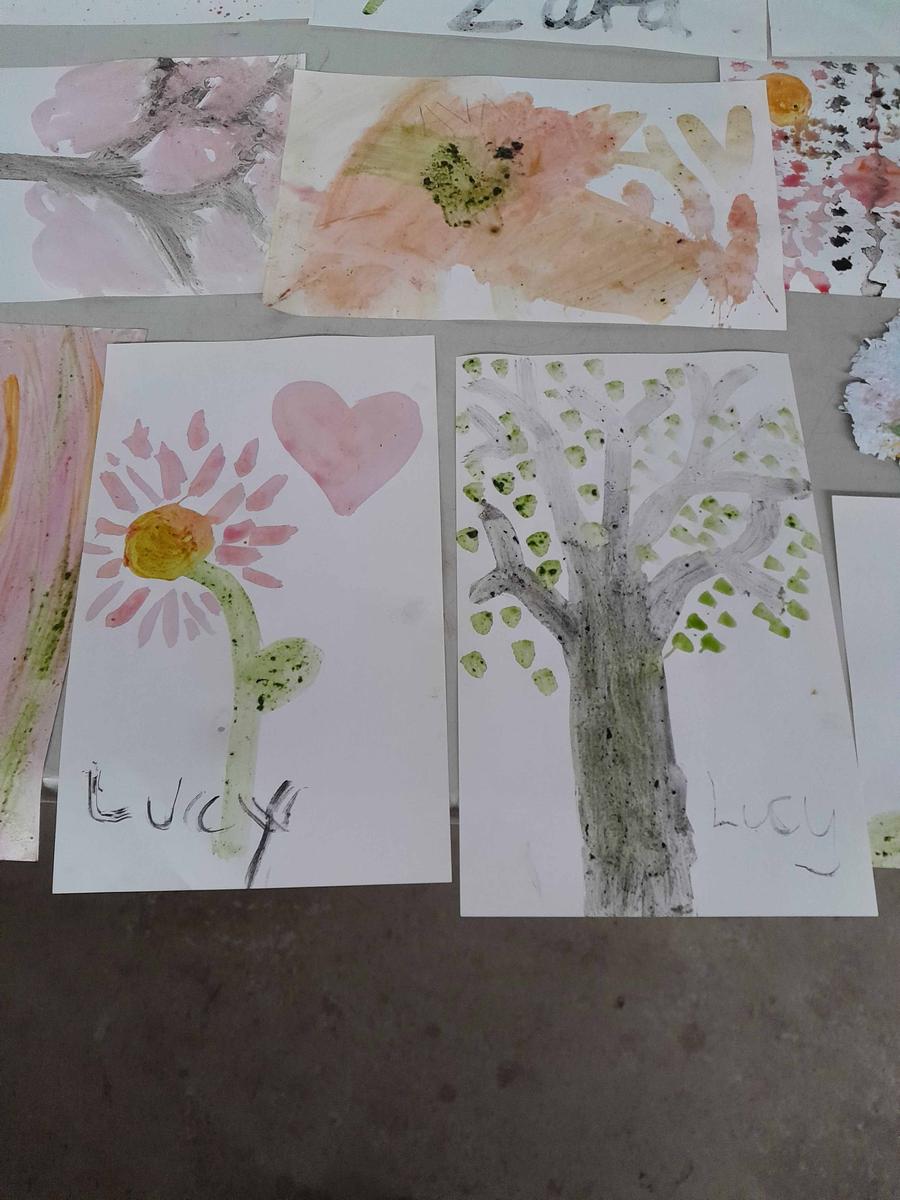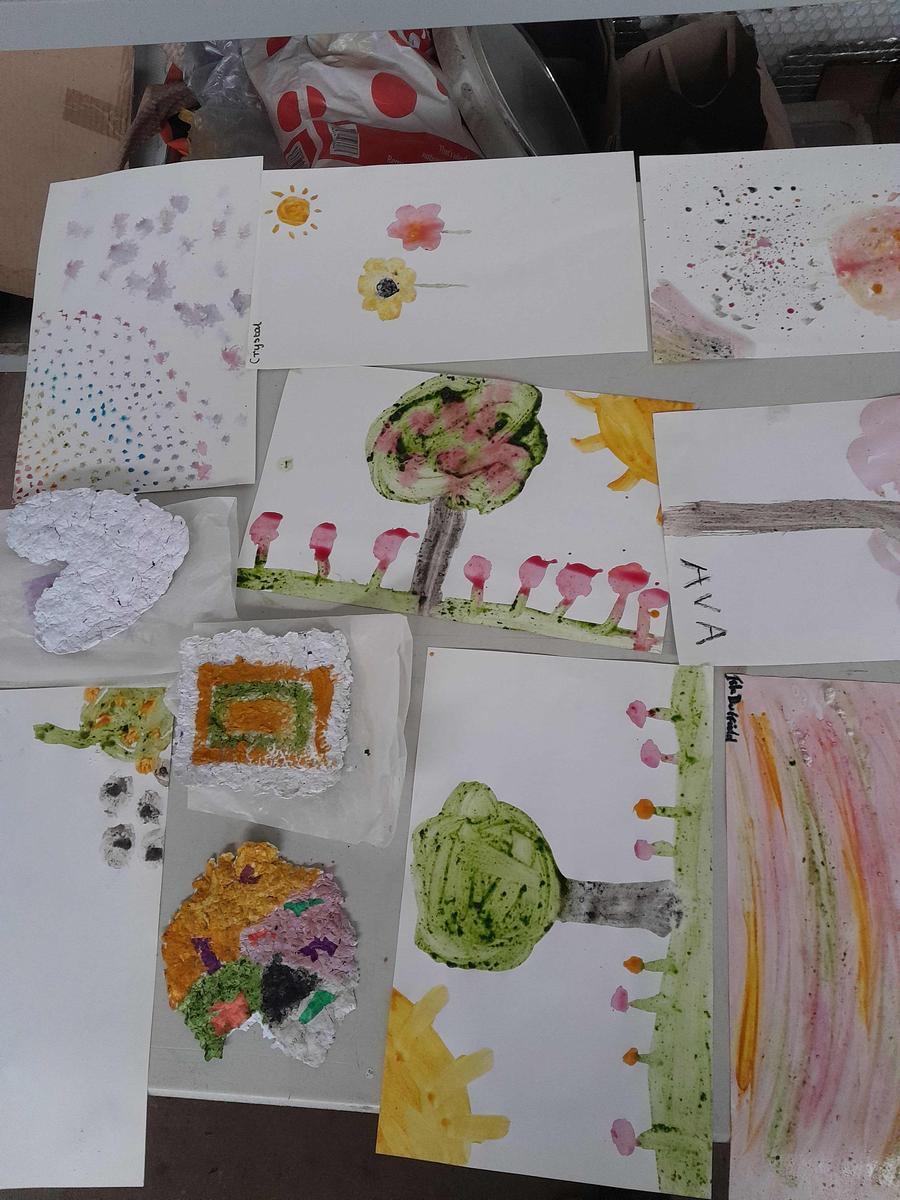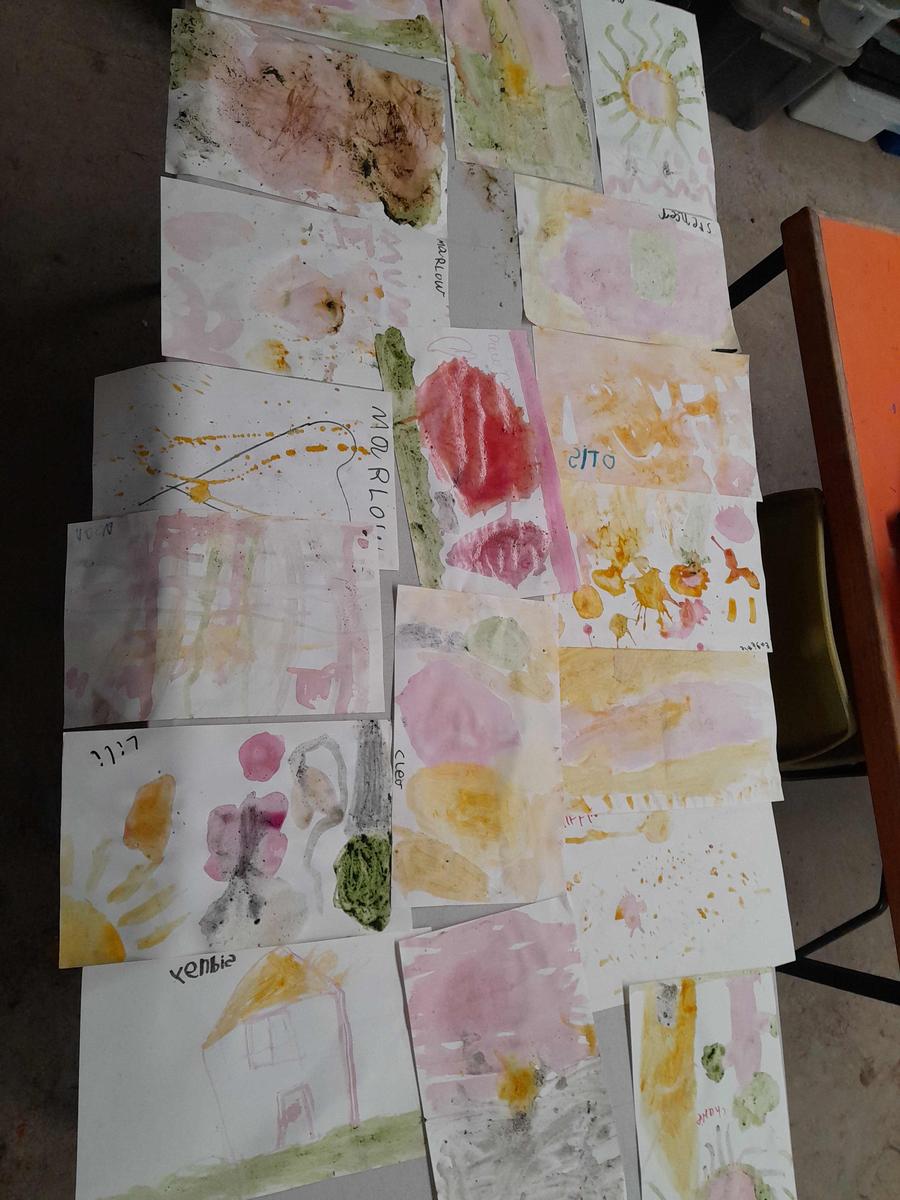Forest School
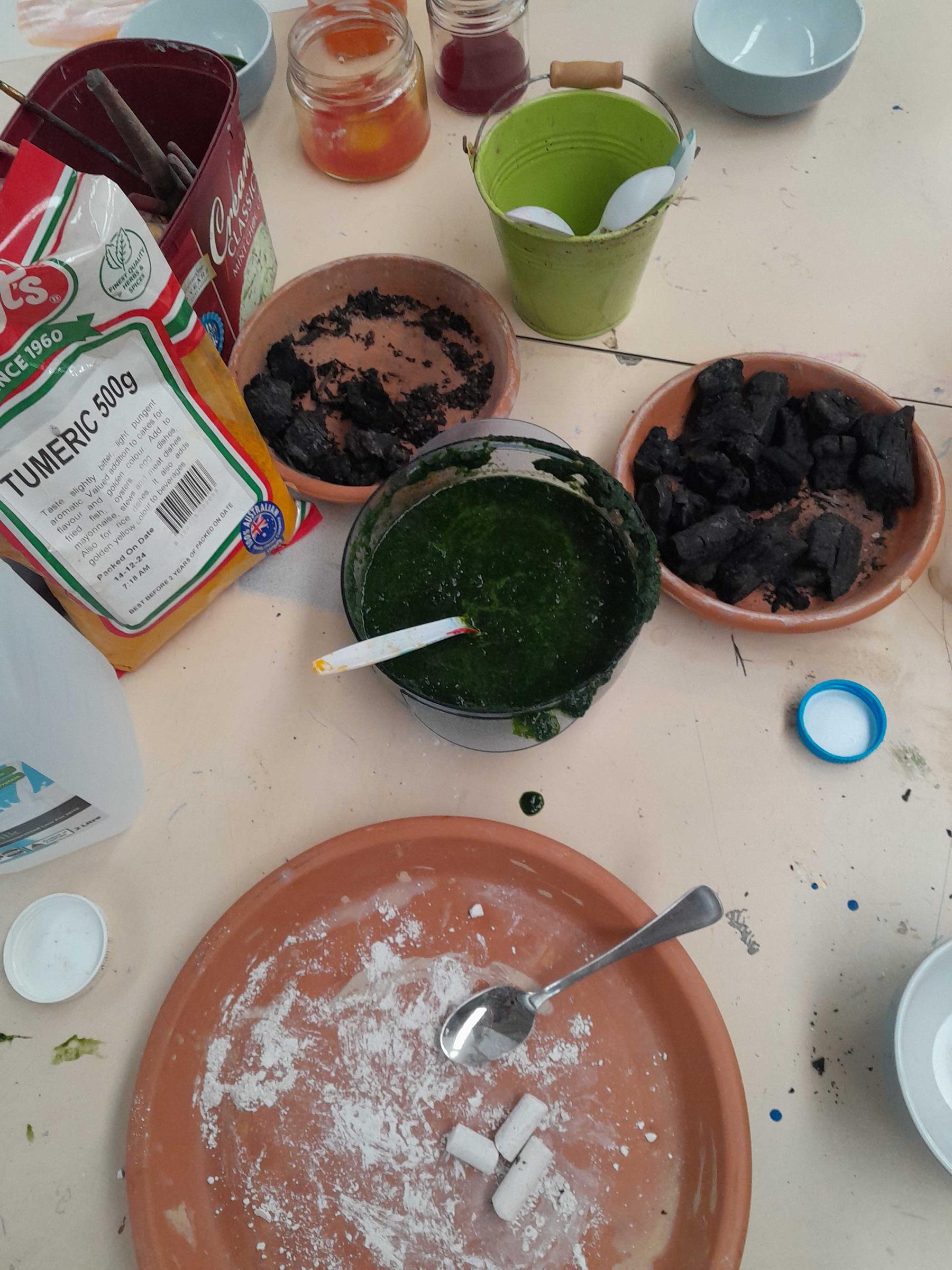
Forest School Update
At Forest School, students have been getting creative by making their own paints using pigments found in nature! We experimented with ingredients like turmeric, beetroot, spinach, charcoal, soot, and chalk to create a beautiful, and sometimes messy, range of earthy colours.
We had some fantastic discussions about how people long ago, from ancient times right through to artists hundreds of years ago, used natural materials to make their paints. We learned that ochre has been used by Aboriginal and Torres Strait Islander peoples for thousands of years in art, storytelling, and cultural practices, and is still used today.
Students were fascinated to learn that some colours we see often now weren’t always easy to make. We wondered together, “Why don’t we see green in cave paintings?” This led to a chat about how green was actually very difficult to create. Artists had to crush lapis lazuli (a bright blue gemstone) and mix it with yellow pigments (like ochre) to make green. It was so expensive that it was often saved for very special artworks. A few students even made the connection to Minecraft, where lapis is used to make blue dye!
We also talked about how bright red paint was made by crushing tiny cochineal beetles, which sparked quite a few surprised reactions! Some students already knew that cochineal is still used today to dye certain lollies, which led to some very grossed-out faces and lots of lively conversation!
Students compared their handmade paints to modern ones and noticed some key differences. Natural paints are non-toxic and biodegradable, but they don’t come in many colours and can fade over time. Modern paints, on the other hand, are made using synthetic pigments and chemicals, giving us lots of colour options that last much longer but they’re not great for the environment.
It was interesting to revisit our natural artworks after a week to see how the colours had changed. Some had faded, others had deepened, and a few looked completely different!
It’s been a fun, colourful and hands-on way to explore how people have used the natural world in creative and practical ways. We are looking forward to continuing our discovery of the natural world next term.
Cheers,
Lisa Pickles
Forest School Science Specialist Teacher

